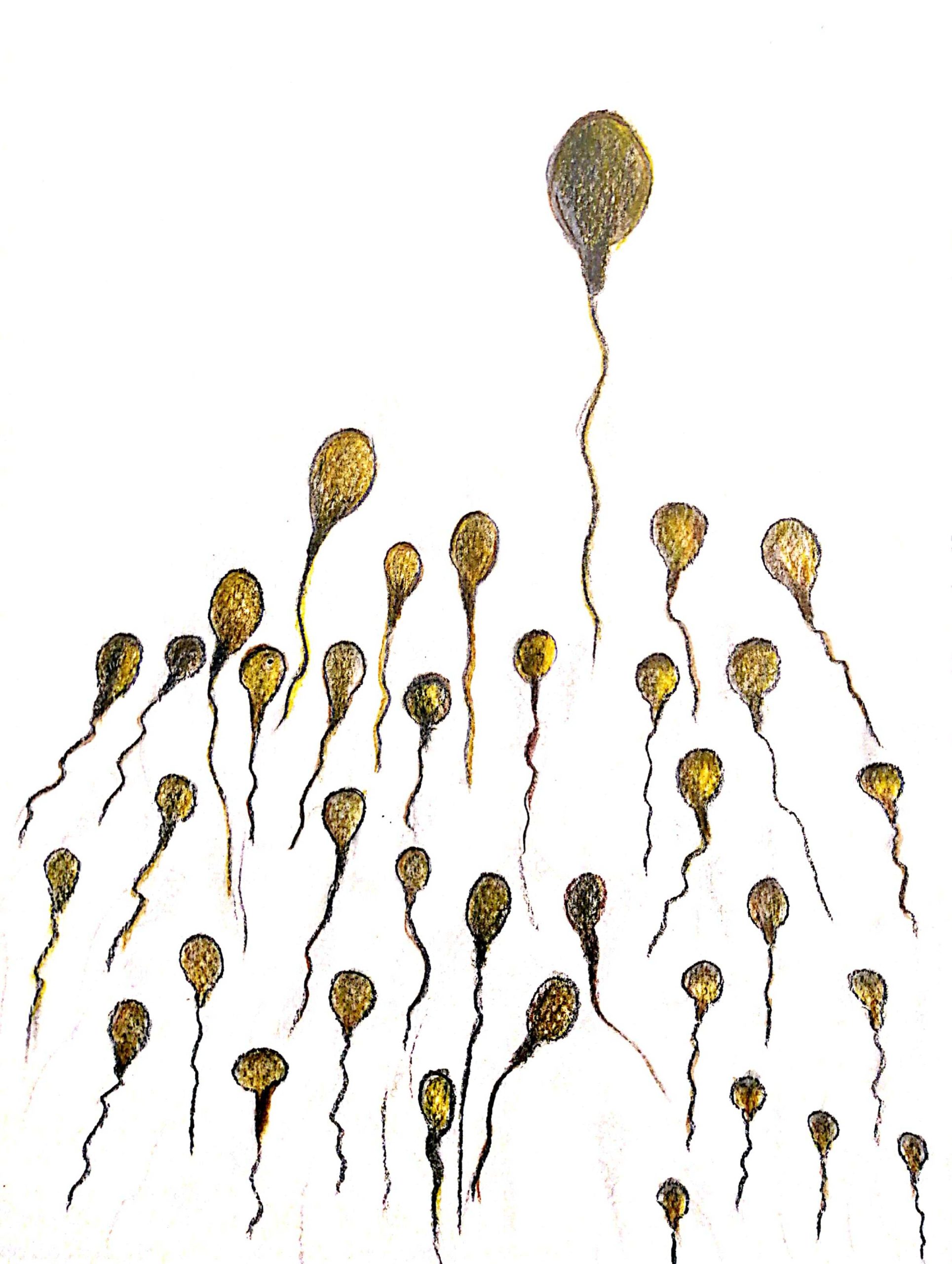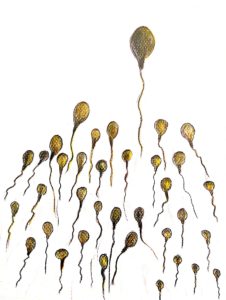Mumps & Infertility
Mumps is a contagious viral disease which can be characterized mainly by swelling behind the ears, and the salivary glands in the upper jaw and neck (known as parotitis). In 20-30% of males infected with mumps, it comes along with swelling of one or both testicles as well, a condition is known as orchitis. The testicular swelling will usually set in about 10 days following the initial onset of parotitis, but can also occur up to 6 weeks later. Once the swelling reduces, 30-50% of males with mumps orchitis may notice shrinkage of testicular size.
Treatment
Since mumps is a viral condition, there is no specific treatment and it will pass with time. The mumps vaccine, developed in the 1960s, is 88% effective at preventing the disease.
Complications
The mumps virus has been shown to damage testicular tissue when it occurs in post-pubertal men.. The testicular swelling results in excessive pressure on the seminiferous tubules (See the page on anatomy) in the testes, which are the location of spermatogenesis. Despite this, the risk of mumps resulting in long term subfertility or infertility is rare and occurs in only about 13% of patients. However, abnormalities in spermatogenesis can be observed for approximately 3 months following patient recovery. Complete infertility as a result of mumps orchitis is extremely uncommon.



